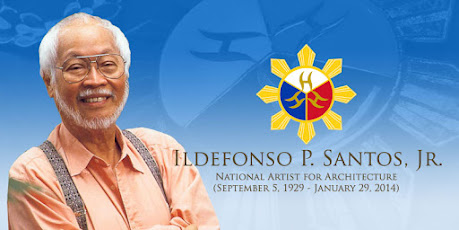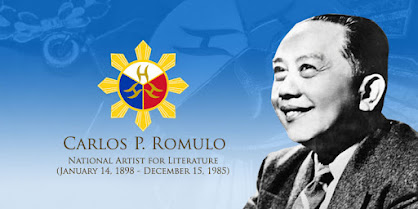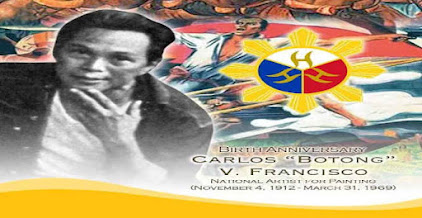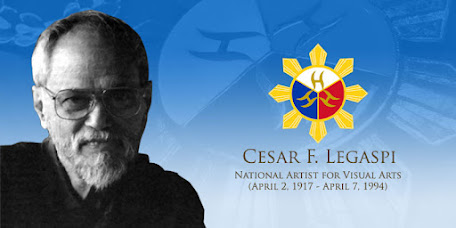LAZARO FRANCISCO
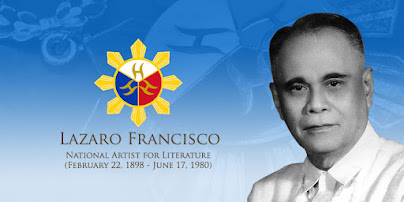
LAZARO FRANCISCO National Artist for Literature (2009) (February 22, 1898 – June 17, 1980) Background Prize-winning writer Lazaro A. Francisco developed the social realist tradition in Philippine fiction. His eleven novels, now acknowledged classics of Philippine literature, embodies the author’s commitment to nationalism. Francisco gained prominence as a writer not only for his social conscience but also for his “masterful handling of the Tagalog language” and “supple prose style”. Major works ( at least 3): a. Ilaw sa Hilaga (North Light) (1946-1947), b. Binhi at Bunga (Seed and Fruit) (1925), and c. Kapulungan ng mga Pinagpala (Meeting of the Blessed People) (1932) Choose 1 major work (maybe the best one in your own): Ilaw sa Hilaga (North Light) (1946-1947) Example of an artwork or major work (picture or any). Describe it. It depicts the 1920s, during the American colonial period in the Philippines. By this time, the war for independence ...
